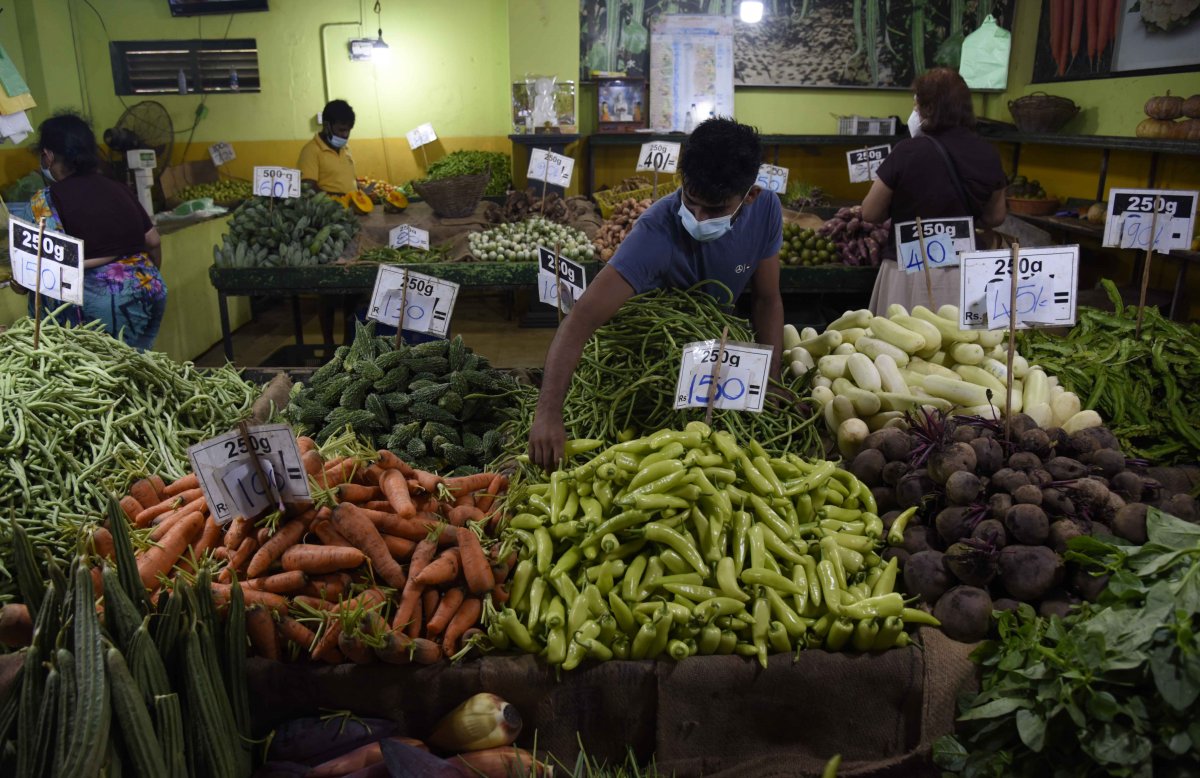
2021 rolled in hot on the heels of the year that gave us the pandemic, lockdowns, curfews, work-from-home, Zoom sessions and so many other experiences that no one would have anticipated. In many ways, this year was a continuation of catastrophes that began in 2020; interspersed between the difficult, the bad and the ugly, however, were a number of good moments, too.
Throughout it all, we at Roar documented what we could, while also remembering to look beyond COVID-19 — sometimes looking back in time, for hidden stories in Sri Lanka’s history — and presenting to you, our readers and audiences, glimpses of life in Sri Lanka in as engaging a way as possible.
Now, as we sit back, take a deep breath, and wait to ring in the new year, we look back on the 2021 that we all — somehow — managed to live through.
January: COVID-19 Vaccinations And A Sick Parliament
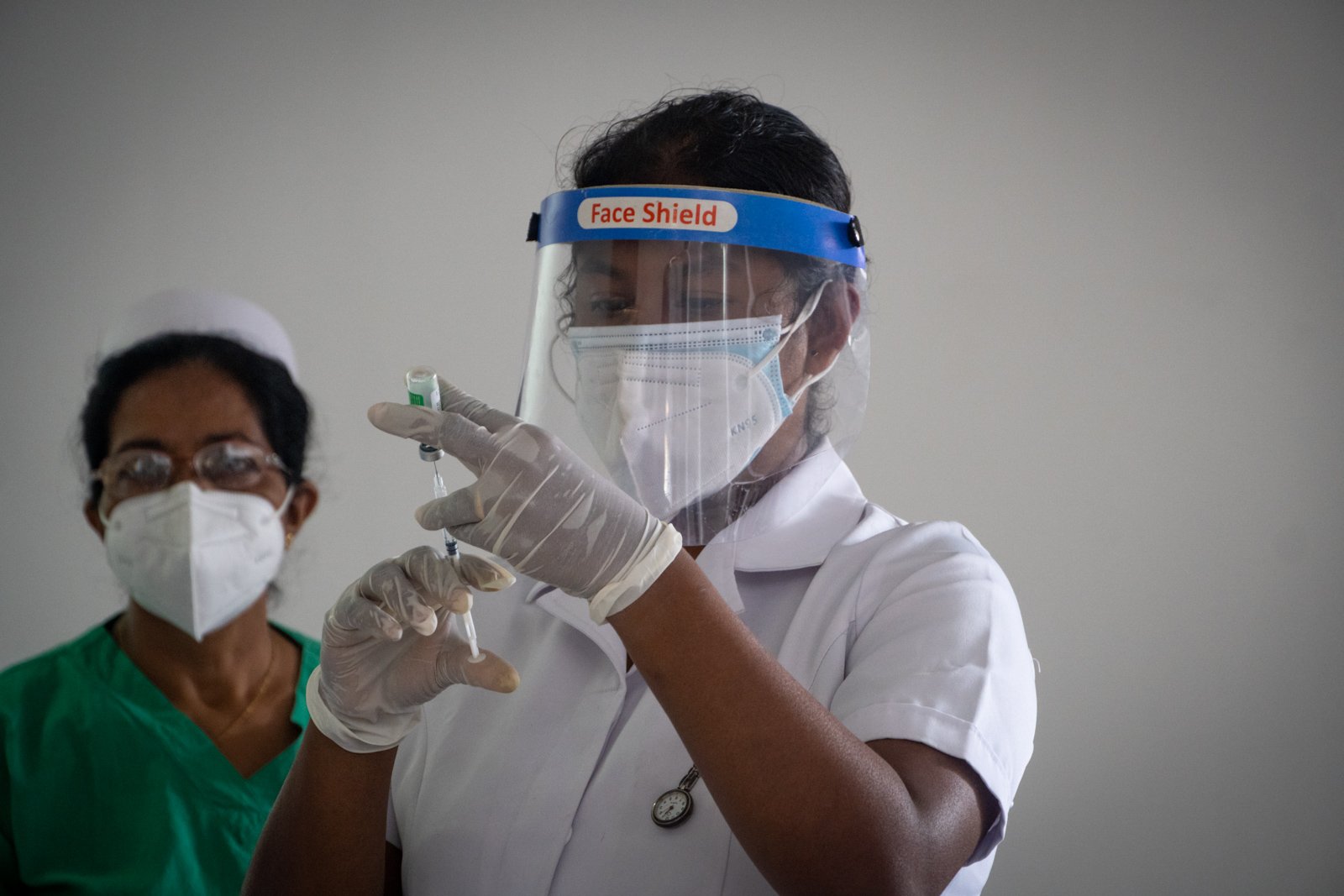
Photo credit: Roar Media/Nazly Ahmed
Sri Lanka exited 2020 with mixed COVID-19 experiences, some successful, others not so much. With another round of restrictions finally easing and vaccines now within reach, the country aimed to reopen for tourism while figuring out a ‘new normal’. However, just a few weeks into the year, Sri Lanka witnessed a spike in the number of COVID-19 — and this time, Parliament was not spared.
Among those who contracted the virus in January were parliamentarians Rauff Hakeem, Dayasiri Jayasekara, Vasudeva Nanayakkara and then Health Minister Pavithra Wanniarachchi.
Fortunately, Sri Lanka managed to secure its first consignment of COVID-19 vaccines by 28 January. A donation from the government of India, the 500,000 doses of the Oxford-AstraZeneca ‘Covishield’ vaccines were immediately rolled out to frontline workers and other high-risk groups.
February: A Death At The Frontline
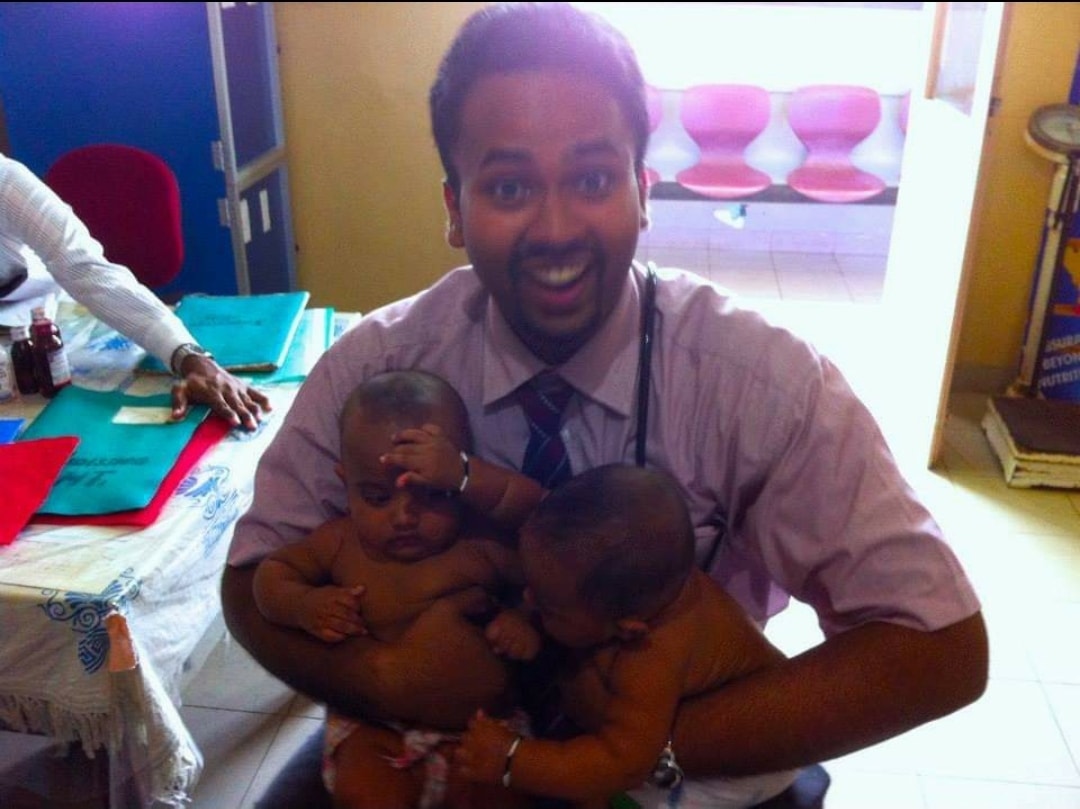
Photo credits: Facebook/Government Medical Officers’ Association
February witnessed the first recorded death of a frontline worker, a little less than a year since the pandemic reached Sri Lanka. Dr Gayan Danthanarayana was the first casualty among doctors actively engaged in COVID-19 treatment to fall victim to the virus.
The month also noted the passing of former Speaker of Parliament W J M Lokubandara, due to COVID-19 complications. The 79-year-old retired politician, who served as Speaker from 2004 to 2010 and held several ministerial positions before, passed away on 14 February and was the first politician in the country to die from COVID-19.
March: COVID-19 Burials And A Coconut Oil Crisis
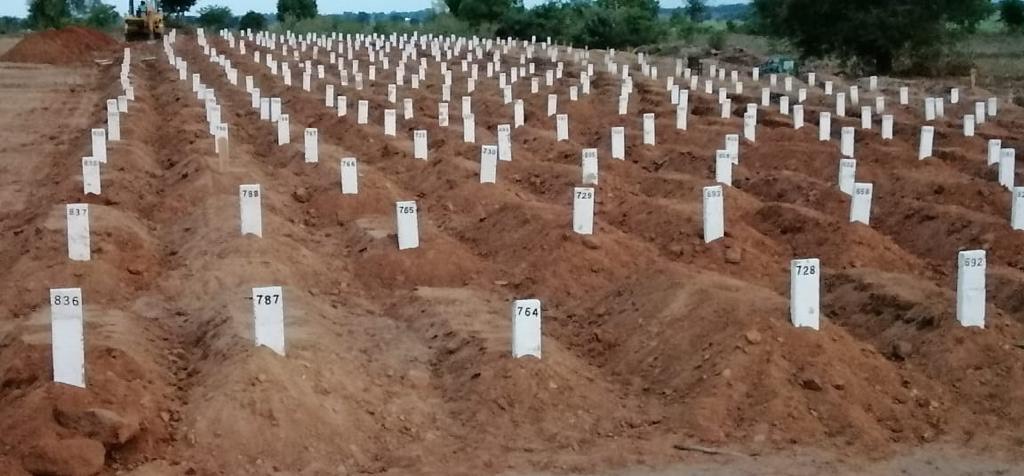
Photo credits: Colombo Times/Mohammed Rasooldeen
Nearly a year after introducing a contentious policy on mandatory cremation of the bodies of COVID-19 victims, the government in March 2021 finally agreed to allow burials. The move followed widespread calls from minorities as well as local and foreign human rights advocates. Up until now, the bodies of those who succumbed to COVID-19 were all cremated, in some cases — such as those of minority Muslims — without the consent of families, who held that cremation violated their religious beliefs.
On 5 March, after having designated a plot of land in Oddamavadi in the Eastern Province for the purpose, Sri Lanka carried out its first COVID-19 burials.
Later that month, the consumers faced a coconut oil crisis: the Consumer Affairs Authority warned that a batch of coconut oil released to the market contained cancer-causing toxins. After the stocks in question were recalled it created a shortage of coconut oil in the markets, and consumers queued up in search of cooking oil that lasted weeks until the matter was resolved.
April: Breaking A 50-year-old Record
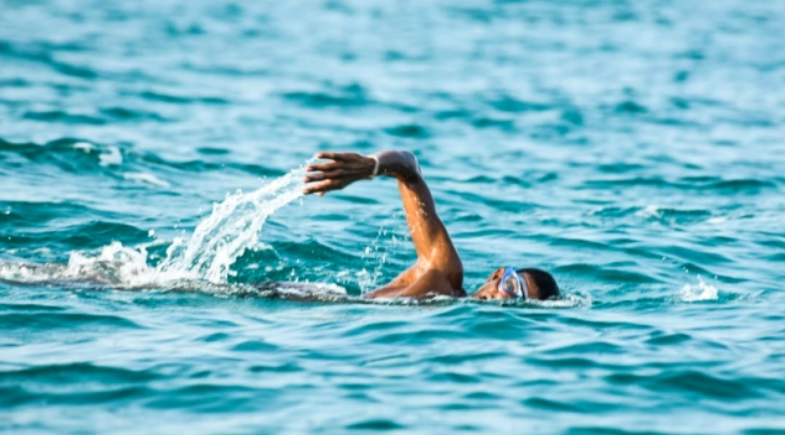
Photo credits: Sri Lanka Air Force
On 12 April, Sri Lanka Air Force (SLAF) swimmer, Leading Aircraftman Roshan Abeysundara, set a new Asian record by swimming 59 kilometres and 300 metres across the Palk Strait in 28 hours, 19 minutes and 43 seconds.
Abeysundara broke the record set by another Sri Lankan almost 50 years ago, Vivekanandan Selva Kumar Anandan was the first South Asian to make the feat and set a world record back in 1971.
May: Maritime Disaster And COVID-19 Recoveries
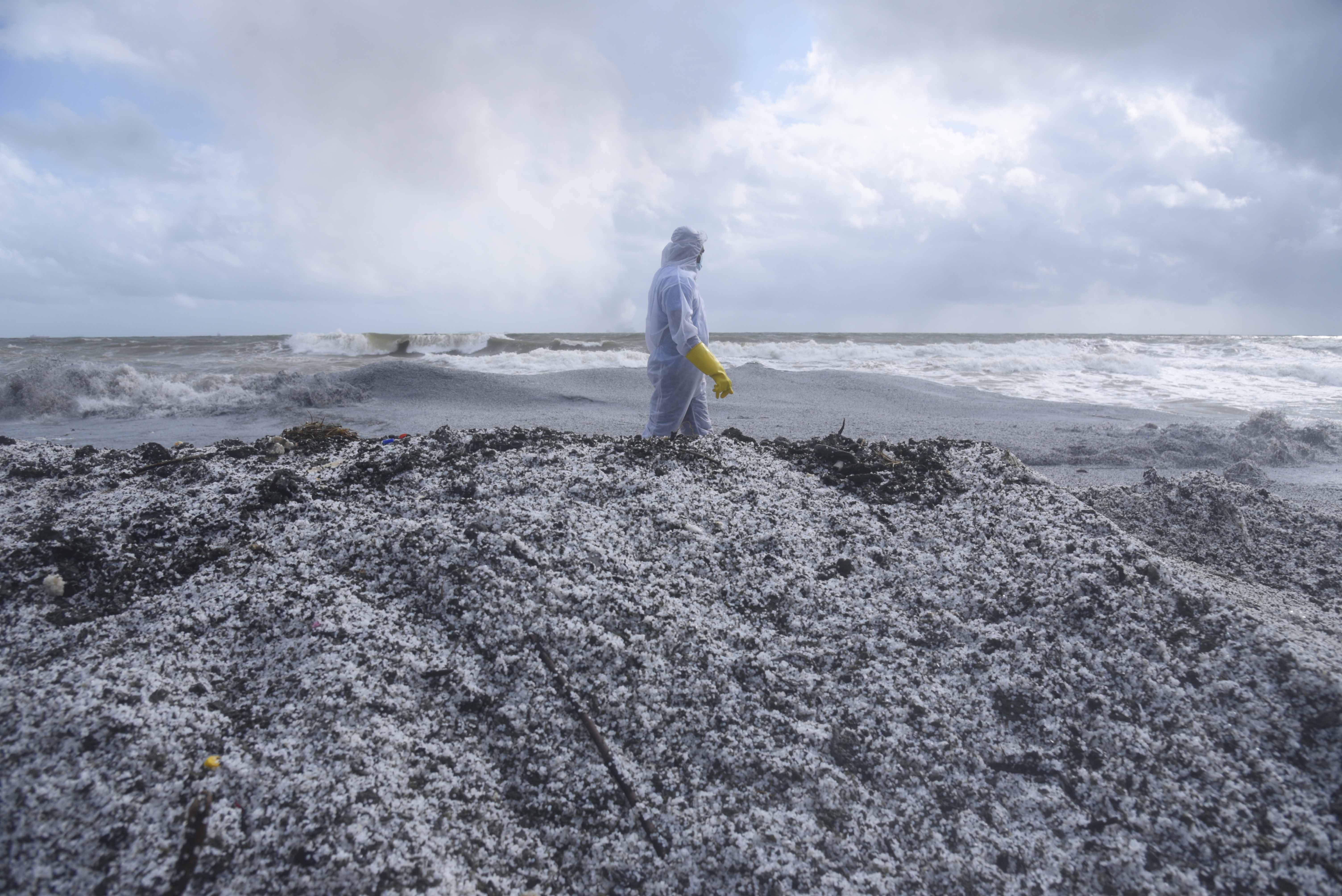
Photo credit: Roar Media/Akila Jayawardana
On 20 May, the Singaporean container ship MV X-Press Pearl caught fire off Sri Lanka’s western coast. Following rescue and salvage efforts that went on for days, the vessel finally sank more than a week later, after completely being engulfed by flames. With cargo that consisted mostly of harmful chemicals and tiny plastic nurdles that washed up on the island’s shores, the MV X-Press Pearl was blamed for having caused the worst maritime disaster recorded in Sri Lanka’s history.
May also witnessed the country’s COVID-19 death toll surpass 1,000. However, by the end of the month, Sri Lanka had also recorded over 150,000 recoveries.
June: A Literary Win And A Fertiliser Ban
Sri Lankan author Kanya D’Almeida made headlines when she became the first Sri Lanka to win the Commonwealth Short Story Prize for her 2021 entry, In the writer’s own words“I Cleaned The –”. is a story about ‘dirty work’: domestic labour, abandonment, romantic encounters behind bathroom doors, and human waste.
June also saw President Gotabaya Rajapaksa’s government pushing for a 100% organic farming programme; the ban on the use of agrochemicals resulted in fertiliser shortages and a lack of alternatives, which in turn led to concerns about a lower crop yield. The fallout from the widely criticised policy continued through the year, with experts even predicting that it would contribute to a potential food shortage in 2022.
July: Star Sapphires, Pfizer Vaccine And Children At Risk
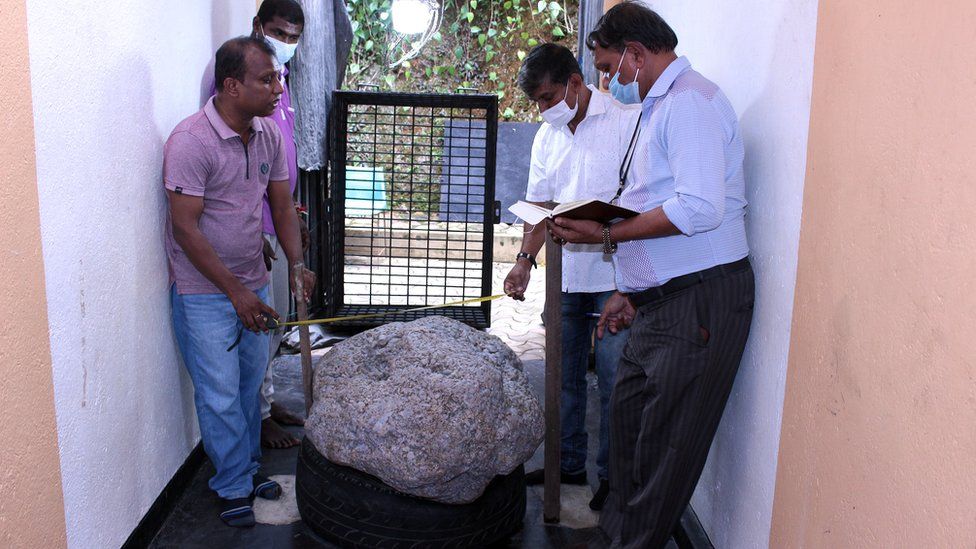
Photo credits: BBC
On 5 July, Sri Lanka became the first South Asian country to receive the US-made Pfizer-BioNTech COVID-19 vaccine, following a World Bank donation of 26,000 doses.
On 27 July, Sri Lanka announced that a 510-kilogram cluster of star sapphires unearthed from Ratnapura had been confirmed to be the largest cluster of its kind ever discovered. This cluster was named the ‘Serendipity Sapphire’.
July also recorded the fastest rise in COVID-19 cases among children, according to the Lady Ridgeway Hospital (LRH). In July, the LRH would become one of many state hospitals that struggled to handle the onslaught of increasing COVID-19 patients in the country.
August: Paralympic Gold And A Cabinet Reshuffle

Photo credits: island.lk
An unprecedented surge in COVID-19 cases in August resulted in several hospitals around the country struggling to cope as they ran out of beds, space and resources to help patients. Early in the month, the Karapitiya Teaching Hospital and Ratnapura Teaching Hospital declared a ‘state of emergency’ within their premises as the COVID-19 outbreak exhausted the healthcare system.
Away from Sri Lankan shores, athletes did their country proud at the 2020 Tokyo Paralympic Games. Dinesh Priyantha Herath clinched a historic gold medal for Sri Lanka in the men’s javelin throw F46 category with a new world record of 67.79 m. He claimed Sri Lanka’s first ever Paralympic gold medal and also secured Sri Lanka’s first medal at the 2020 Paralympics.
On 16 August, President Gotabaya Rajapaksa made significant changes to his Cabinet of Ministers, including to the key portfolios of health, education and foreign relations.
September: Economic Crisis And A New Variant In The City
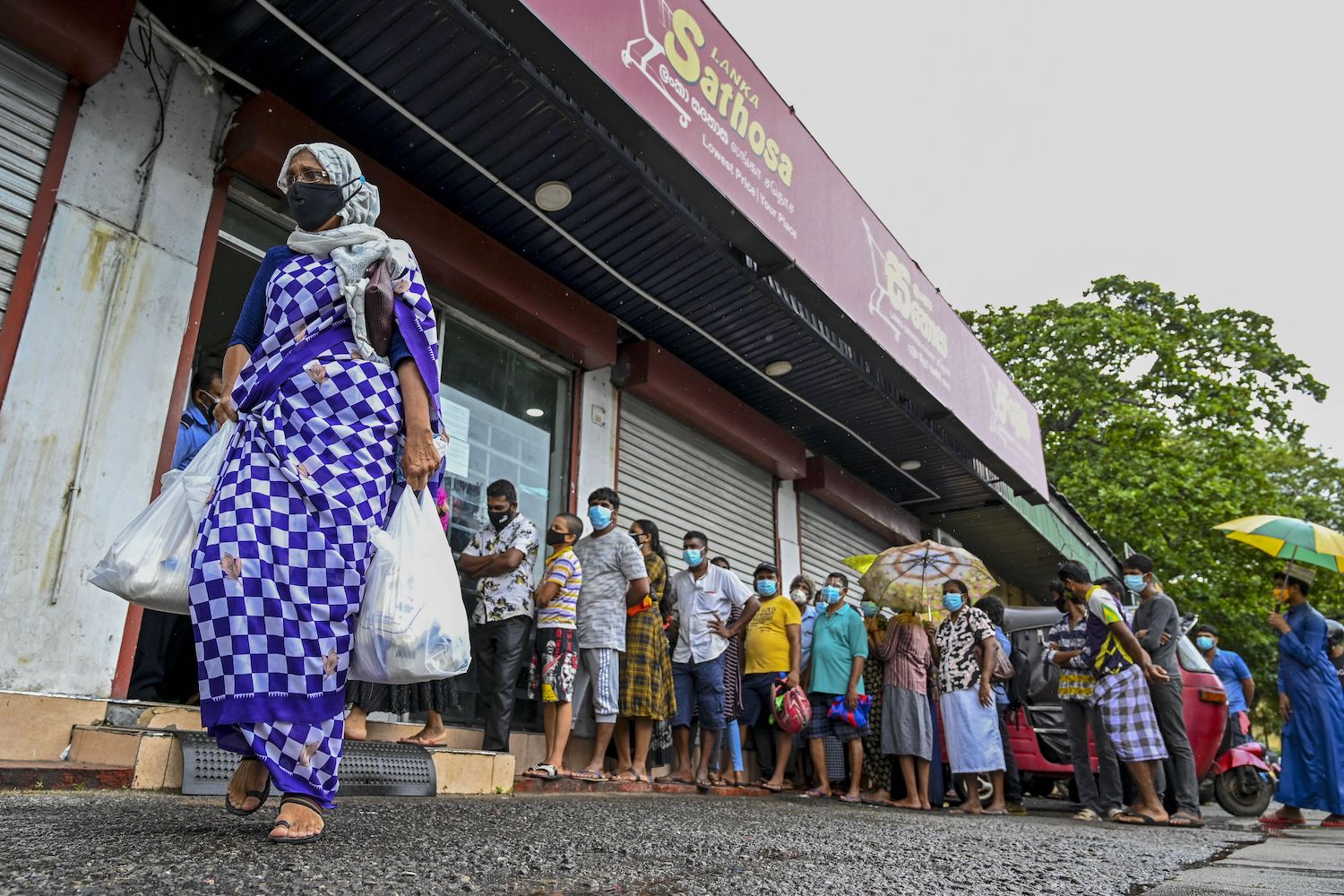
Photo credits: Foreign Policy/Ishara Kodikara
By September, the repercussions of the fertiliser ban had begun to surface in the form of various food shortages, with farmers claiming that under the organic programme, farming would be ten times more expensive while resulting in only half their usual crop yield. In response, the government implemented emergency regulations to introduce price caps on certain essentials. However, the matter would be further aggravated by depleting foreign exchange reserves and import restrictions, which in turn led to more shortages and higher prices.
While the economy fought a battle of its own, the COVID-19 situation took a new turn. A locally-mutated version of the Delta variant of COVID-19 — identified as B.1.617.2.28 or “Delta AY.28.COV-lineage” — spread among patients, prompting the government to impose travel restrictions that lasted the entire month.
October: Vaccinating A Nation
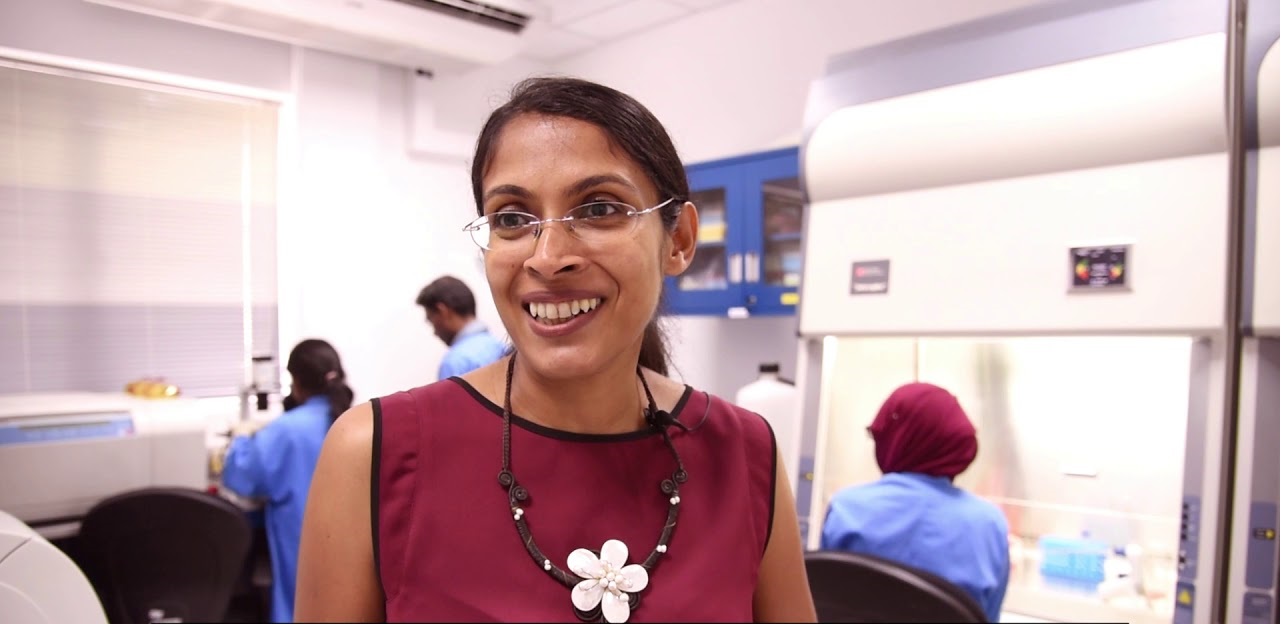
Photo credits: United Nations Sri Lanka
One of Sri Lanka’s prominent immunology experts, Prof. Neelika Malavige,, was selected as a member of the World Health Organization’s (WHO) technical advisory committee on COVID-19. Prof. Malavige and her team also played a pivotal role in conducting DNA sequencing on the COVID-19 cases at the beginning of 2020.
Meanwhile, despite reports of some segments of the population refusing to be vaccinated against COVID-19, Sri Lanka still managed to vaccinate 12 million individuals with two doses by the end of September.
November: A New Bridge
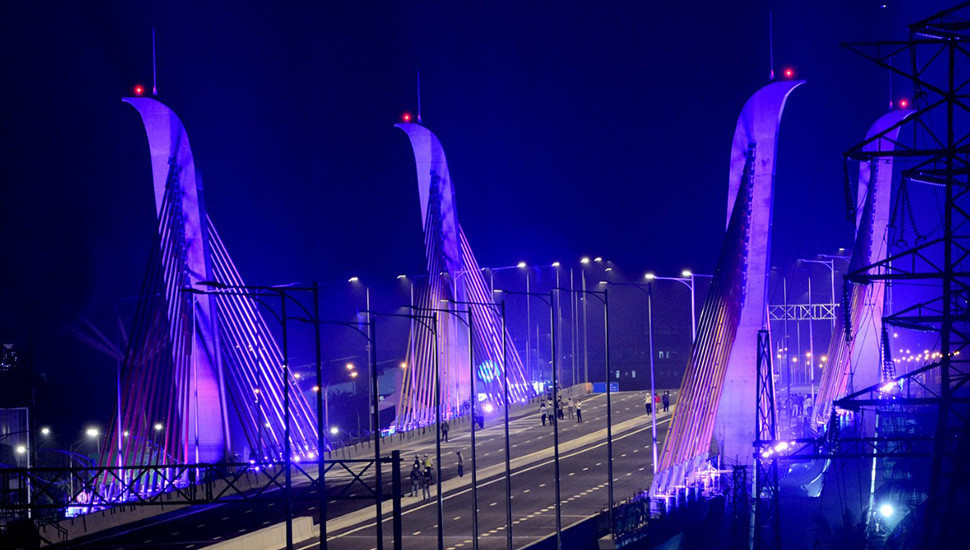
Photo credit: Ceylon Today.
The state-of-the-art, Japan-funded “Golden Gate Kalyani”, a six-lane bridge in Peliyagoda, was opened to the public on 24 November. The bridge features a cable support system that distributes the weight of the deck between two towers — the first of its kind in the country.
Around the same time that the opening of the bridge was celebrated, however, families on the other side of the island mourned the deaths of six people, including four children, who drowned due to the capsizing of a ferry that was being used as an alternative to an unrepaired bridge, in Kinniya. The ferry was used as an unconventional mode of transport by the residents in the area due to the bridge that connects the two towns of Kinniya and Kurinchakeni in the eastern coast, which had fallen into disrepair.
December: Continuing Crisis And A New Variant

Photo credits: Foreign Policy/Ishara Kodikara
On 3 December, Sri Lanka confirmed its first case of the Omicron variant of COVID-19 — the latest mutation of the virus, travelling the world — inside a 25-year-old female from Marawila who returned from Nigeria on 24 November. Later that month, the number of Omicron cases would surpass the 40 mark.
Earlier this month, the country also suffered major power outages amid persisting fears of a fuel crisis and a shortage of LPG cylinders. 2022 is expected to inherit the country’s current economic crisis, which saw a series of peculiar LPG cylinder explosions that has resulted in a lack of cooking gas in the market and an unprecedented price hikes in transport as well as various goods.
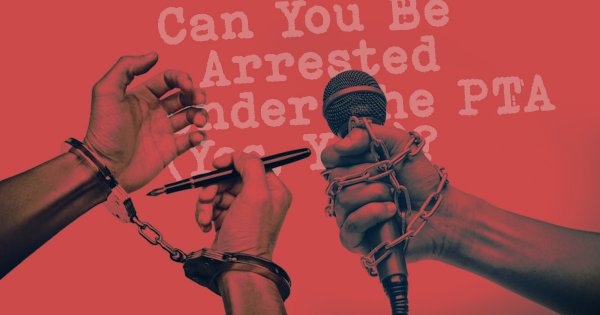



.png?w=600)
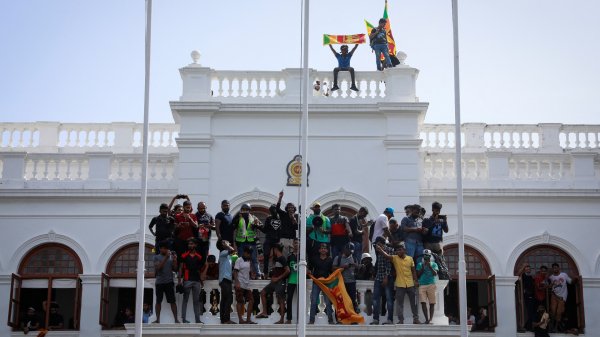

.jpg?w=600)